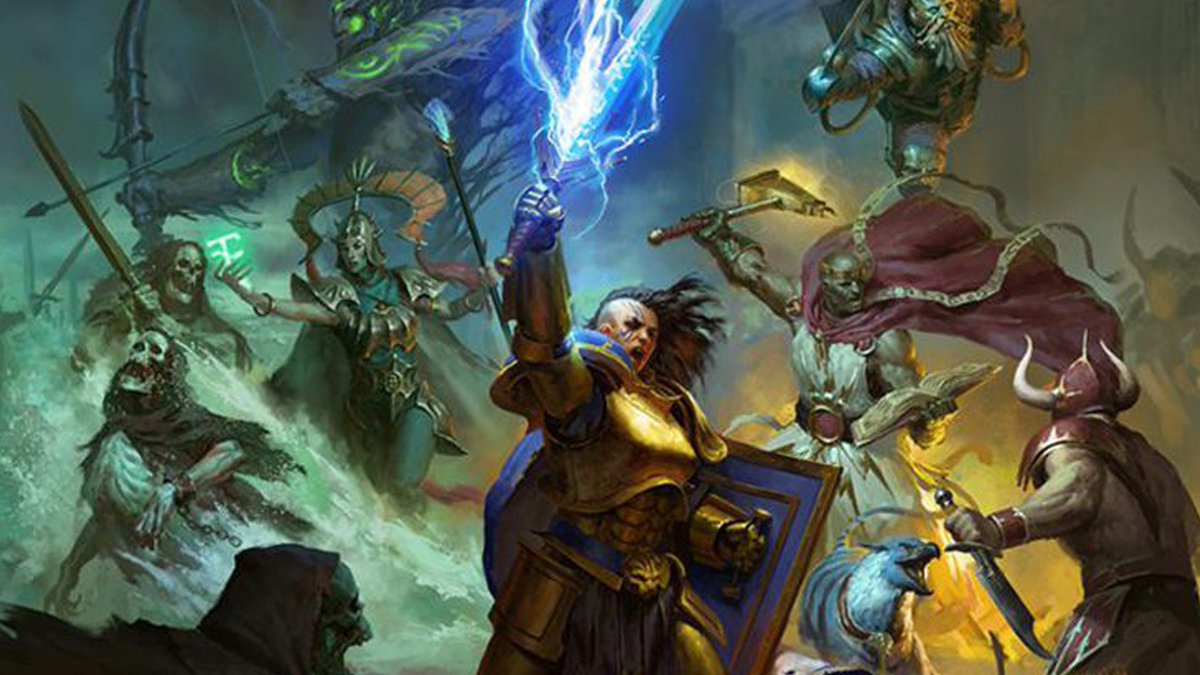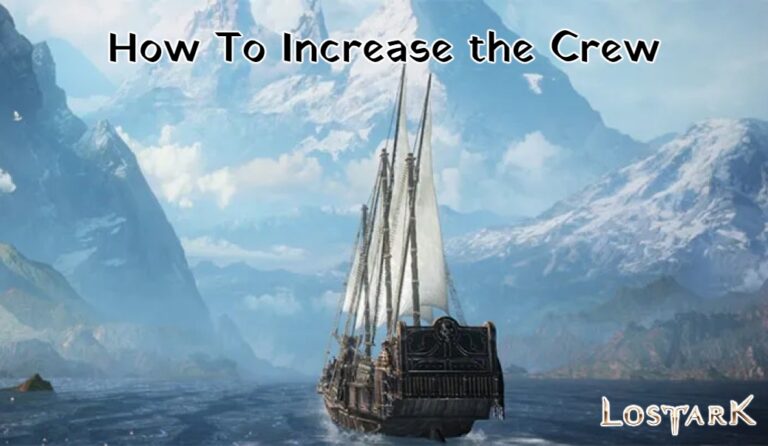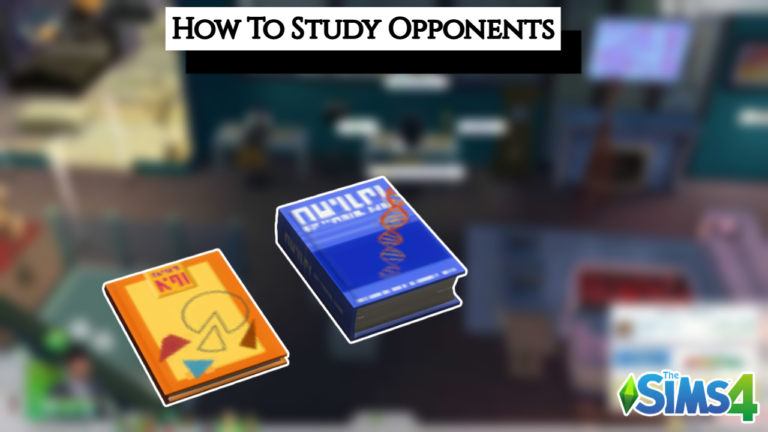Top Horror Tabletop RPG Campaign Ideas.Horror-themed tabletop RPG are a great way to spend Halloween with friends, gathering around a table for some spooky candlelight gaming.
Dread, a minimalistic horror tabletop RPG centred on pulling blocks from a Jenga tower, describes itself as a game of “Horror and Hope” – a mission statement Game Masters trying to create horror RPG scenarios should keep in mind at all times. Horror games are all about terrifying players with nightmarish dangers and seemingly insurmountable obstacles, but if they don’t believe their characters can survive or eke out a win, they won’t be as motivated to finish the game. There should always be a chance, no matter how slim, and always one outcome that is preferable to the other.
Horror tabletop RPGs can take many different forms, limited only by their rules and the imaginations of their participants, including murder mysteries, existential horror, and gruesome tales of aliens or monsters preying on the unwary. However, unlike spinning a campfire yarn, it is the conversation between the GM and the player that truly brings a horror RPG campaign to life.
Table of Contents
A Horror RPG Session Zero Informs GMs About the Type of Game Players Prefer

Before beginning a horror campaign, GMs will benefit greatly from running an RPG “session zero” for their players. This allows them to explain the game’s premise, assist their players in creating appropriate characters, and ensure that certain questions are answered. Of course, the most important question is whether everyone wants to play a horror campaign. If so, GMs can use session zero to figure out what kind of horror game their players would be most interested in, then coach them through creating characters who will complement, rather than compete with, the GM’s campaign ideas.
Players in horror RPGs need a reason to not just flee or seek assistance.

“Why don’t they simply leave the haunted house?” “How come they don’t just call the cops?
Horror RPG GMs can use honest but incomplete descriptions to create tension.

However, deceiving a player can harm their ability to trust the GM’s descriptions and reduce their sense of agency in the game. It is far preferable to create tension through honesty. When a player requests a description of a room or a terrifying creature, GMs should be honest about what they see while building tension with ambiguous language: “The room appears empty.” “You don’t see anything in the mirror just yet.”
Players of horror tabletop RPGs require difficult decisions that make them sweat.

Every ominous description and looming threat a GM narrates during a campaign should instil fear in their players and, more importantly, push them to act, make difficult decisions, and suffer the consequences. Sometimes these nerve-racking decisions are matters of PC survival, i.e. determining which option is most likely to keep them alive and out of trouble. Other difficult choices are a matter of virtue versus sin. Is a PC willing to make a sacrifice in order to do the right thing, or does he or she do something horrible or evil for personal gain? In a horror game, the choices given to players should be difficult enough to make them sweat, but not so difficult that they become paralyzed by indecision.
Players of horror role-playing games with dead characters require a way to participate.

Tabletop horror RPG campaigns, like many horror films, frequently have casts of characters that dwindle over time as PC after PC perishes at the hands of a horrific danger. If a player character dies in the middle of a session, they should have a way to avoid being kicked out of the game and forced to twiddle their thumbs in boredom. Players whose characters die in the historical Civil War RPG Carolina Death Crawl, for example, haunt the surviving player characters as ghosts. Depending on the plot, the GM may allow players to control a friendly NPC or keep track of what the monster is doing in other games.
In Horror RPG Campaigns, Comedic Relief and Break Times Are Critical.

If a GM creates an interesting horror RPG campaign with a truly terrifying storey, their players will almost certainly do silly things to break the tension, such as cracking jokes about the Count from Sesame Street during a Vampire: The Masquerade game or intentionally mispronouncing the names of eldritch deities during a Call of Cthulhu session. These moments of levity are fine in moderation – a way for players to take a much-needed break from the horror. If the jokes and wisecracks threaten to derail the campaign, the GM may want to pause the game and discuss the experience with their players, rather than instituting a strict “no jokes allowed” policy.




